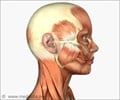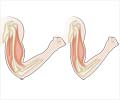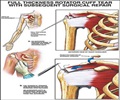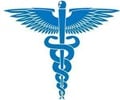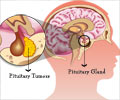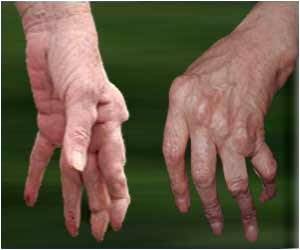University of Minnesota research derives muscle stem cells from teratomas, a type of benign tumors. The team used undifferentiated pluripotent cells injected into an immunodeficient mouse, and found that the resulting teratomas contained muscle stem cells.
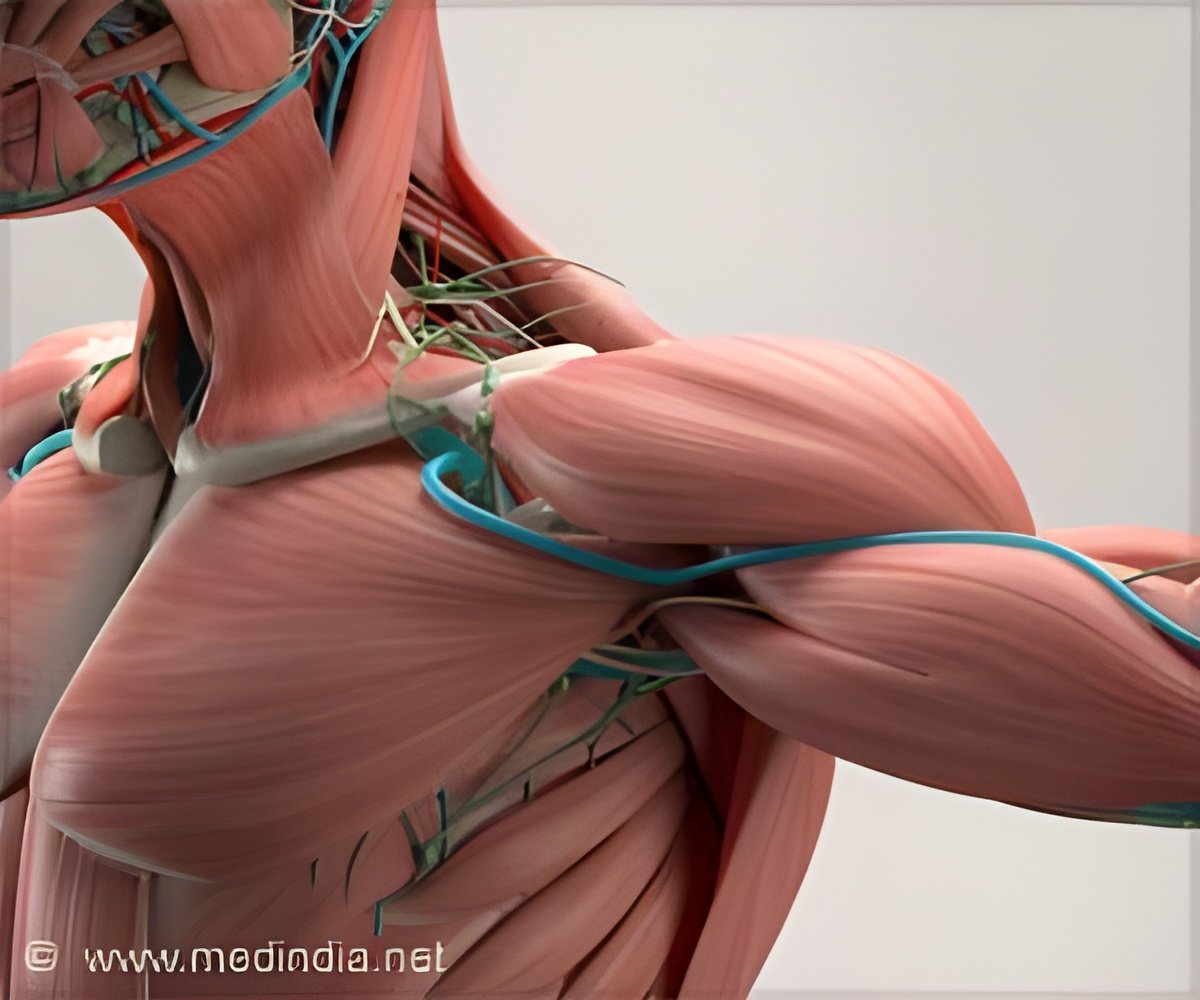
‘A research team at the University of Minnesota derived derives muscle stem cells an unlikely source known as “teratomas” – a type of benign tumor.’





The authors targeted cells from animal teratomas and found that by refining and sorting cells they were able to rebuild skeletal muscle in mice with muscular dystrophy. Teratomas are a type of tumor that produces cells of all types, including glands and hair follicles. "We did not study spontaneously arising pathological teratomas," said co-author Sunny Chan, PhD, Assistant Professor in the Medical School's Department of Pediatrics.
"Instead, we created teratomas using undifferentiated pluripotent cells injected into an immunodeficient mouse, and found that among their many cell types, the resulting teratomas contained muscle stem cells."
Outcomes showed improved potential to an extent beyond results researchers have seen before. The investigators injected a small number of teratoma derived cells into a diseased muscle and found that they regenerated 80 percent of this muscle versus the 5 to 10 percent regeneration currently possible. The teratoma-derived cells also populated the newly formed muscle with muscle stem cells.
Other important measures of muscle effectiveness including tetanic force, specific force, and fatigue time showed the teratoma cell-generated muscled showed significant improvement over the control muscle.
Advertisement
The scientists note that teratomas are conventionally considered an unattractive byproduct of stem cell research. "The fact that teratomas harbor cells of such greater potency than those that spontaneously differentiate when we culture them in a dish is remarkable," says Chan. "Indeed, beauty can be found in the most unexpected of places."
Advertisement

